Carbon8 and TRLA take School Students on a ‘Deep Dive into Soil, Water, and the Little Critters in the Environment’…
Carbon8, in partnership with the Tamworth Regional Landcare Association (TRLA), hosted an unforgettable Schools Biodiversity Day on Friday 16th May 2025, taking students from across the Peel region on an exciting, hands-on journey into the fascinating world beneath their feet. This was no ordinary school day—it was an exploration of the magic happening in our soils, the water that sustains them, and the tiny critters that make everything tick!
Students were treated to a day of interactive workshops, lively discussions, and up-close encounters with the world of biodiversity, ecosystem health, and the interconnectedness of soil and water. From the tiniest soil organisms to the biggest environmental concepts, the event provided students with a deeper understanding of the delicate balance of nature and the vital role they can play in protecting it.
Wes Leedham, Principal of Warrumbungle National Park Environmental Education Centre, kicked things off with an incredibly engaging and hands-on workshop called “Bee Aware”. Students dove into the buzzing world of pollinators, discovering the crucial role bees and other insects play in maintaining biodiversity and healthy food systems. With lively discussions and fun activities, Wes assisted the students to see just how much we depend on these tiny creatures—and how we can all do our part to protect them. Students left the session ‘buzzing’ with excitement and eager to learn more about these amazing little pollinators!
Ange Bunner, from Warrumbungle National Park Environmental Education Centre, led a creative workshop that invited students to design their very own farms. But this wasn’t just any farm design—biodiversity was at the heart of the activity! Working in teams, students were challenged to use principles like rotational grazing, planting shelter belts, and restoring riparian zones to make their landscapes more sustainable. They learned how these practices can improve soil health, protect waterways, and help the environment thrive—even in the face of drought. The workshop sparked plenty of imagination and teamwork, with students creating farms that not only grew food but also helped protect the land and water.
Michael McCosker, Carbon8 co-founder and fourth-generation farmer, gave students a mind-blowing visual demonstration with his session “How to Make Rain.” Using two trays—one covered in living ground cover and the other bare—he showed how different types of soil react when rain falls. The results were eye-opening: the living, healthy soil absorbed the water, while the bare soil simply washed away! Students were left eager for more, fascinated by the relationship between soil health and water retention, and excited to learn more about how healthy soils contribute to rainfall and climate stability. Michael’s fun and engaging demonstration had students thinking deeper about the tiny microorganisms that live in the soil and their huge impact on our planet.
Dr Gundula Rhoades, a veterinarian, farmer, and soil scientist, brought her expertise and energy to the event with her presentation “Food to Make You Strong.” This lively and hands-on session revealed the surprising connection between healthy soils and healthy humans. Students learned how soil bacteria help create the nutrients in the food we eat and why healthy soil equals healthy bodies. The session ended with a fun hands-on activity where students planted beans and sunflowers, getting their hands dirty and connecting the dots between soil, food, and nutrition. Dr. Gundula’s fun and interactive session left students with a deeper appreciation for the magic happening in the soil, beneath their feet.
Dr Aurélie Quade, a passionate soil scientist with Climate Friendly, introduced students to the hidden world of soil organisms. With her infectious energy and enthusiasm, she guided students through the wonders of the underground ecosystem, explaining how soil supports biodiversity, stores carbon, and helps protect us from climate change. Dr. Quade’s session was an absolute hit, as students marvelled at the amazing creatures and processes living in the soil. Her fun and interactive activities had students buzzing with curiosity about the tiny critters that help make the earth thrive.
Katie Rowe, from Farrer Agricultural High School, gave students the chance to get hands-on with soil ribbon testing—a fun and tactile way to understand soil texture and quality. Students touched and felt different types of soil, discovering how texture influences water retention and soil health. Katie’s session was a real favourite, with students getting their hands dirty while learning how soil texture impacts life above and below the surface. They left with a deeper appreciation for the role soil plays in the environment—and had a lot of fun along the way!
Kylie Woodham, brilliant author of Soil Sister: Farming for our Future, brought a touch of storytelling magic to the day. Kylie took students on a journey through the five principles of regenerative agriculture, helping them understand how farming practices impact food, the environment, and their health. Her book, which emphasises the importance of nurturing the soil, captivated students and sparked thoughtful conversations about how we can all play a part in caring for the earth. Kylie shared, “I absolutely loved every minute of this event. It was great to interact with the children and share the beautiful stories of farming alongside nature.”
Throughout the day, students went on a deep dive into the world of soil, water, and critters—all while having fun and learning valuable lessons about regeneration and the environment. With activities that sparked curiosity, creativity, and teamwork, they gained a deeper understanding of how the natural world works and how their actions can help protect it.
Beyond the buzz and the mud, the day also planted the seeds of future engagement. Events like this do more than teach science—they inspire
young people to see themselves as part of the solution. Whether it’s becoming an ecologist, soil scientist, environmental educator,
regenerative farmer, or simply someone who cares about their local landscape, students left with a clearer picture of the pathways they
might follow. Through connection, knowledge, and a little bit of dirt under their nails, this day may well shape a generation of
environmental stewards.
Big thank you to Carbon8 and NSW environmental trust.
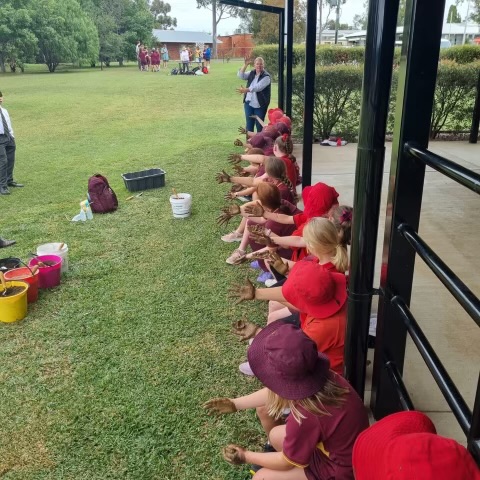
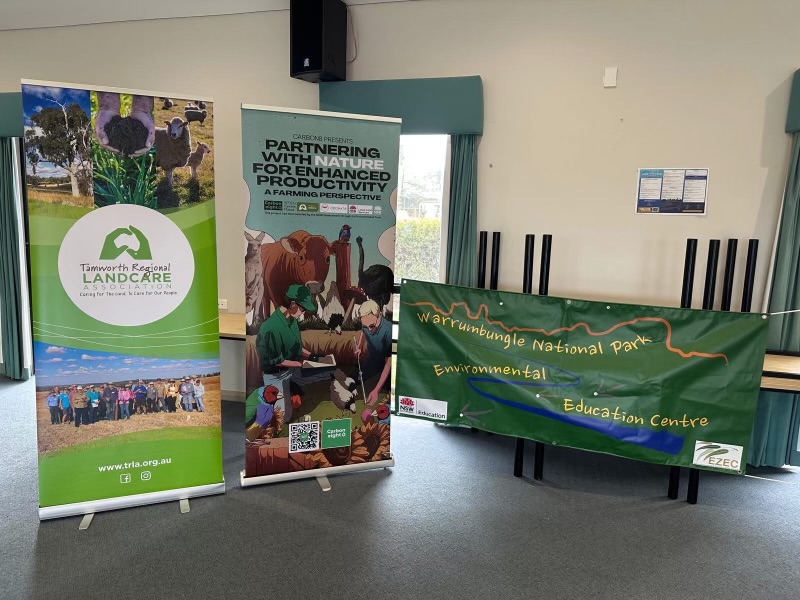
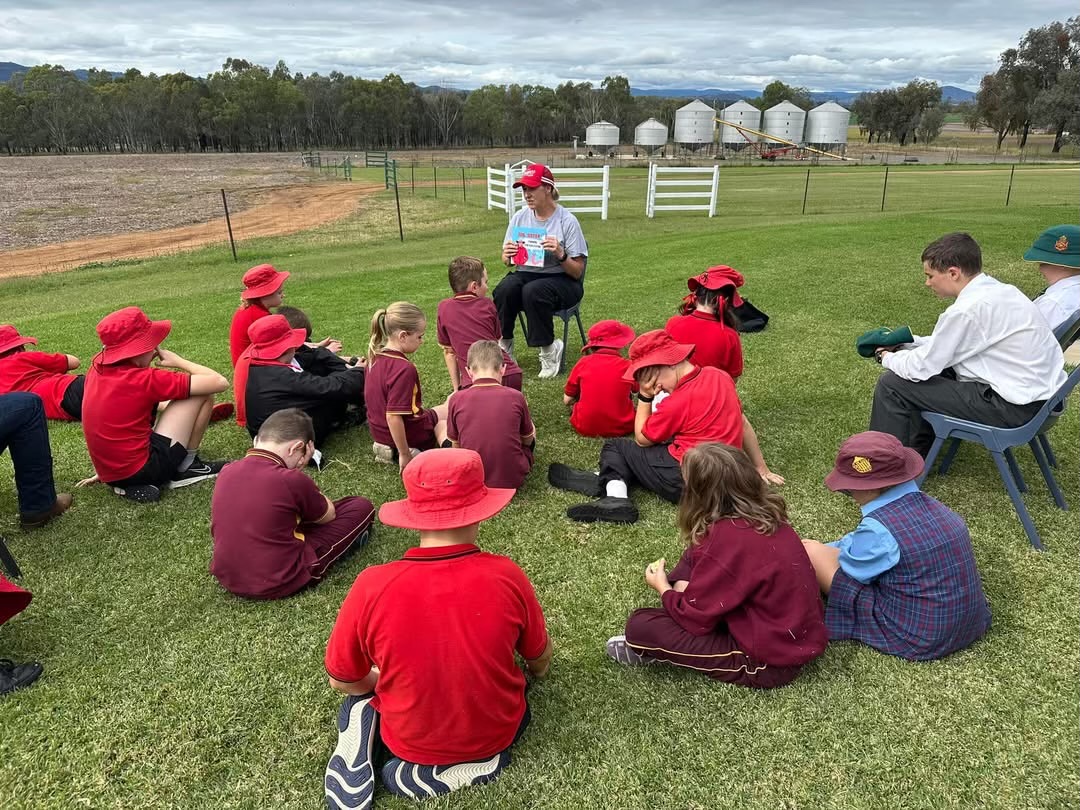

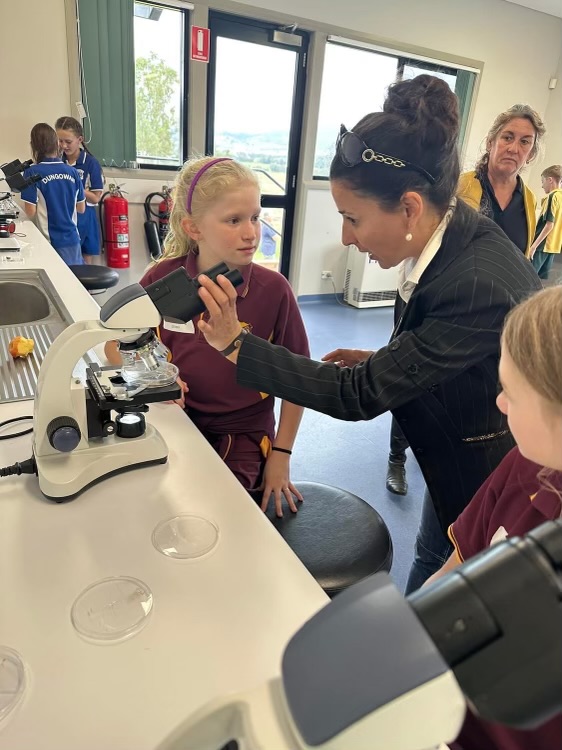
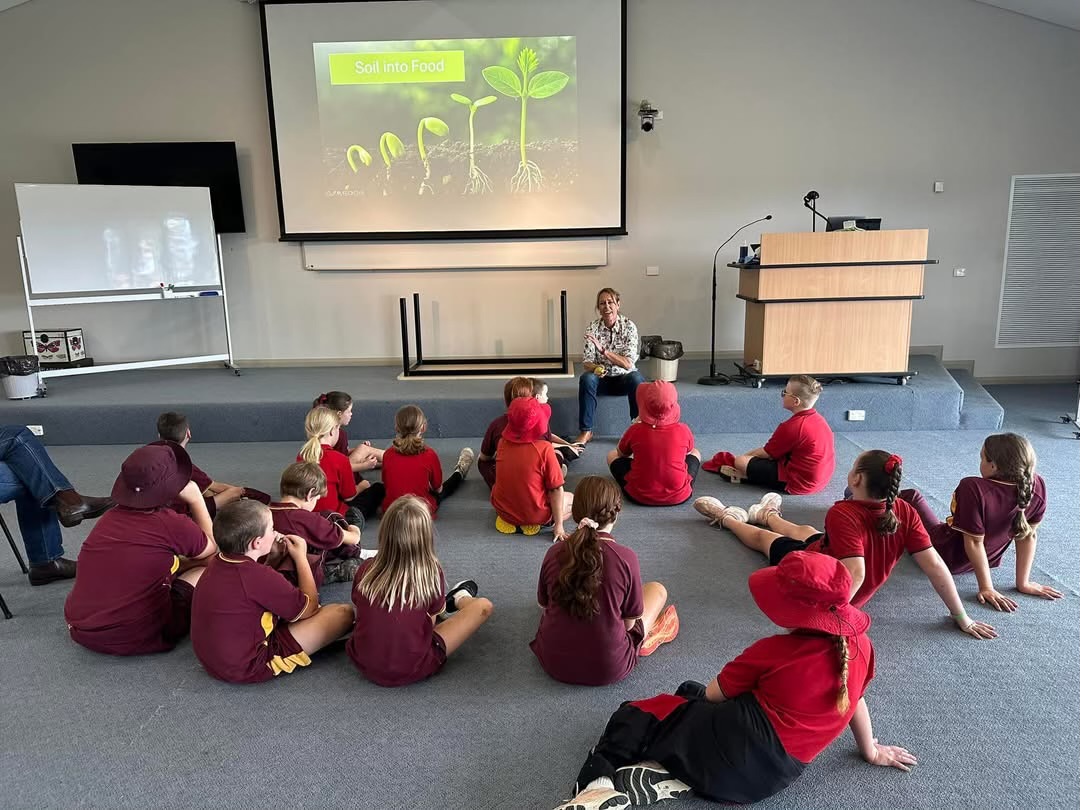
.jpg)
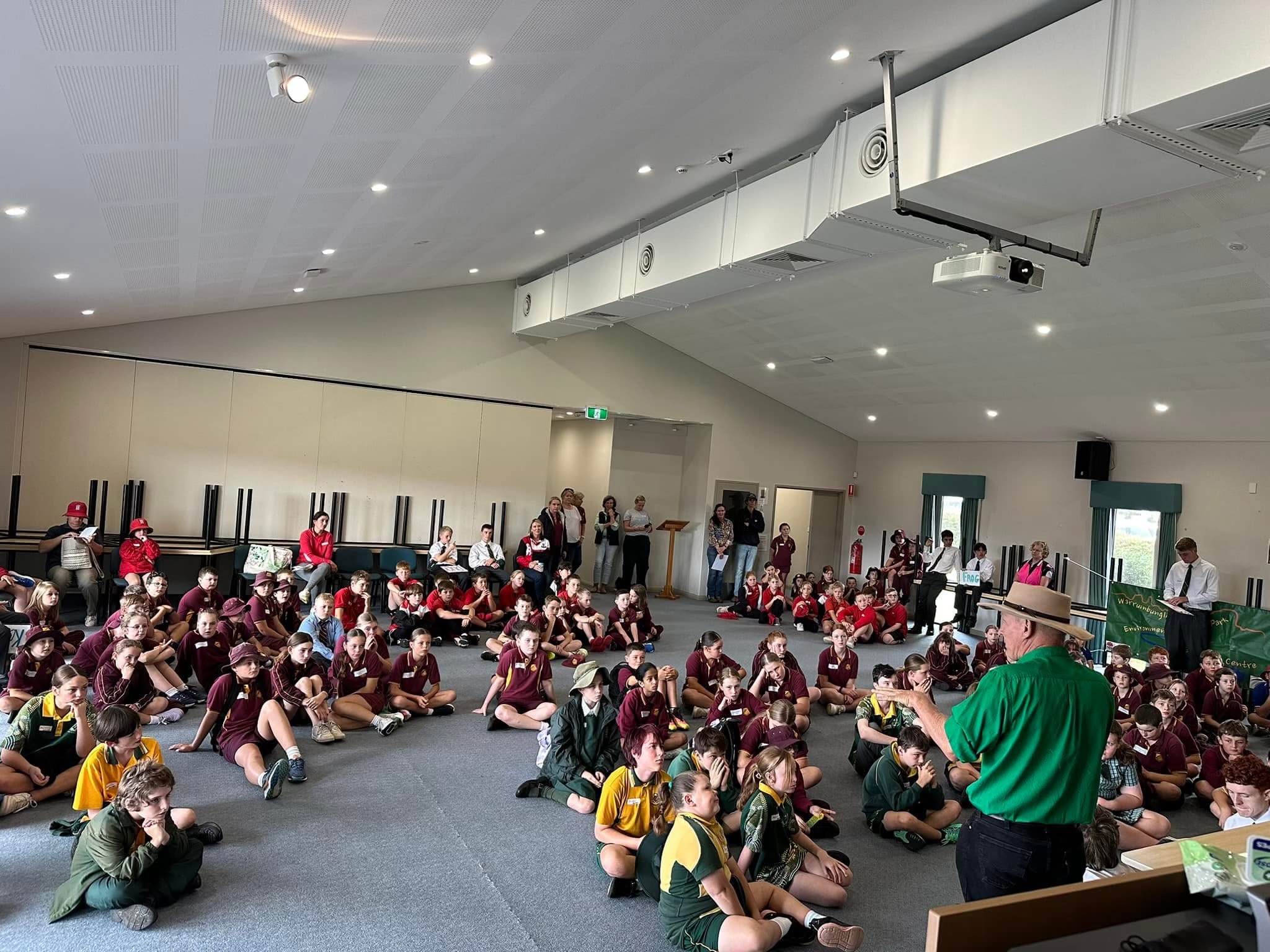

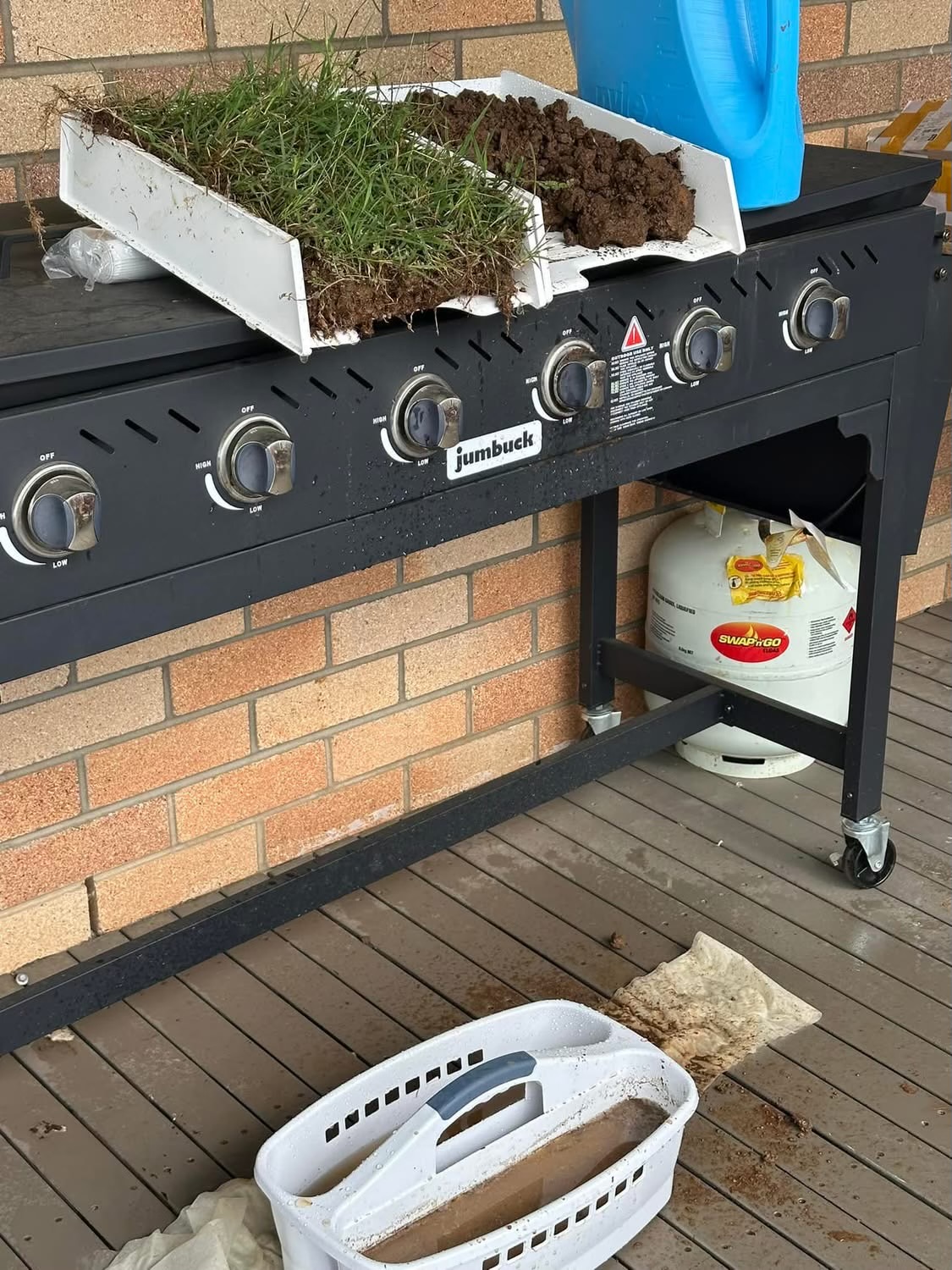

.jpg)
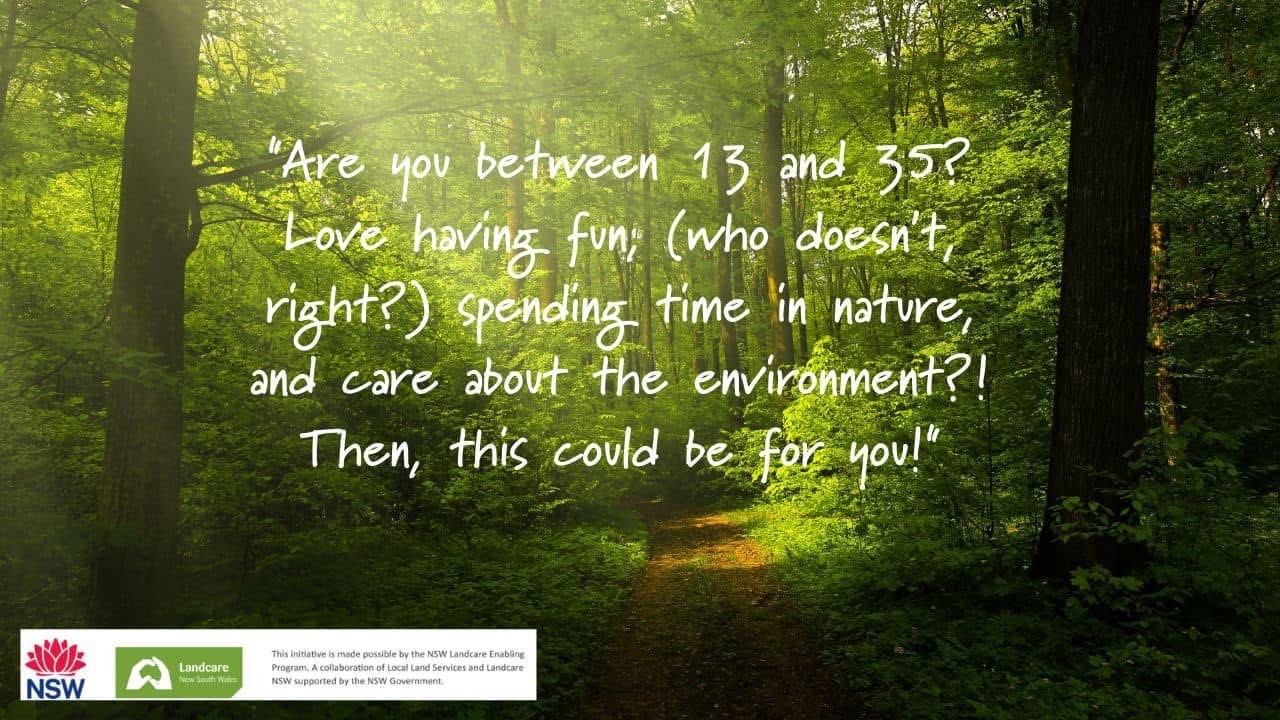
.jpg)
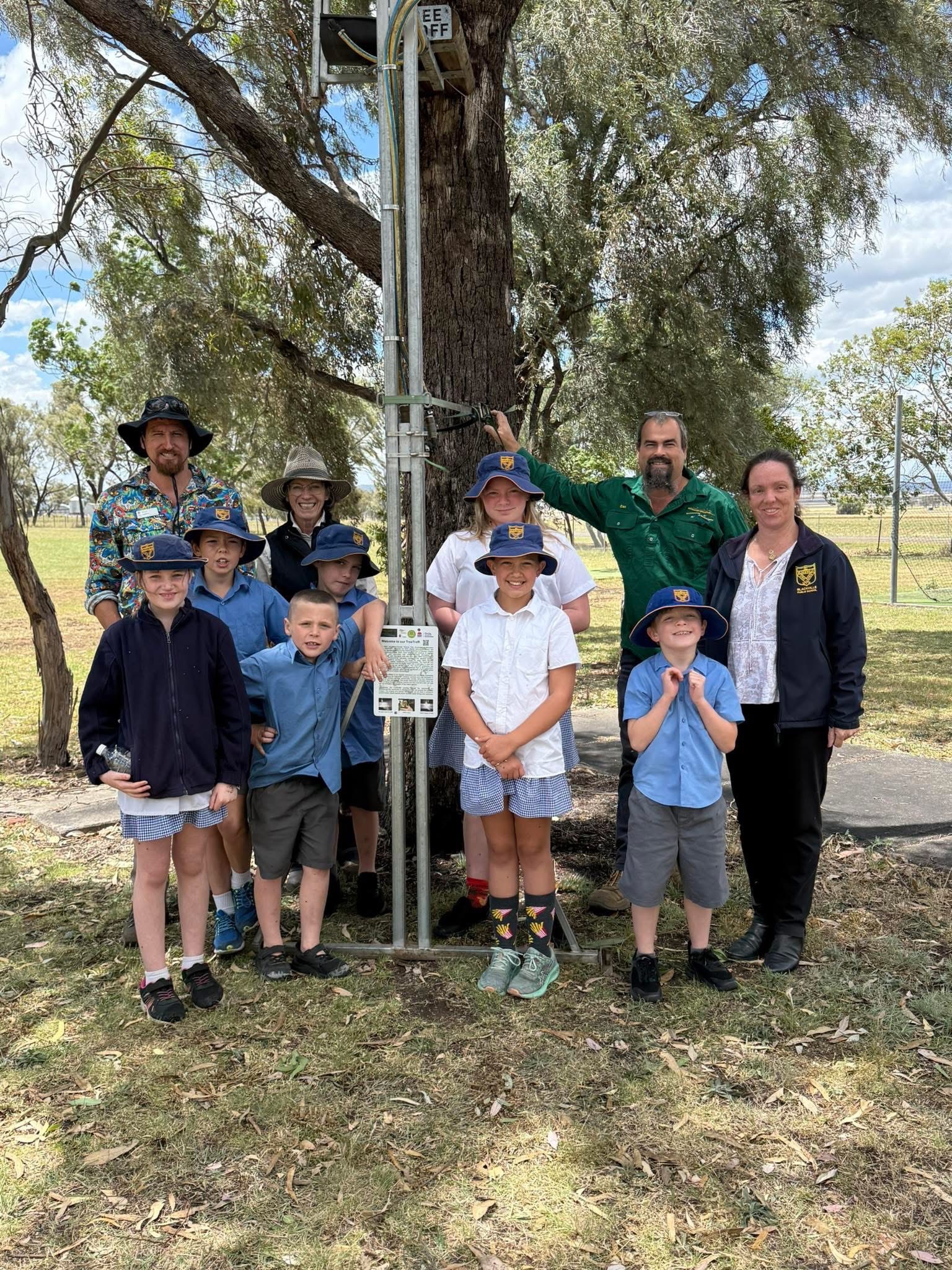
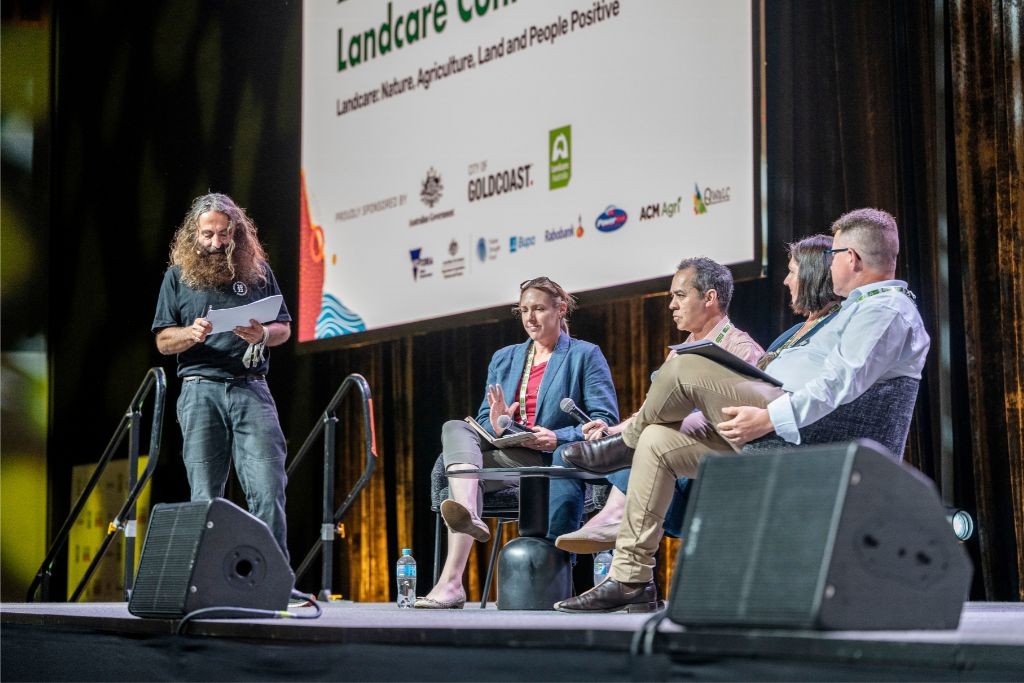

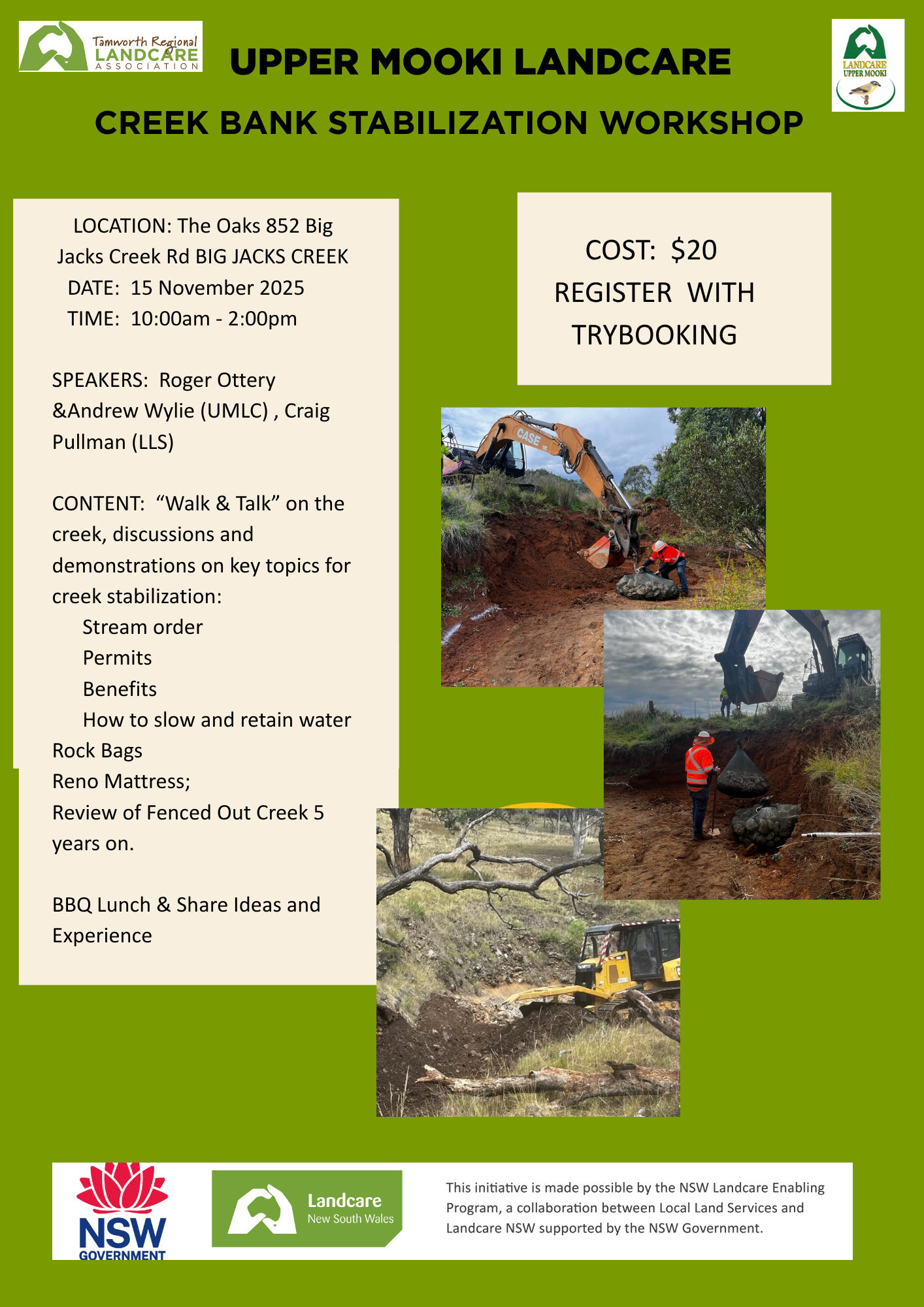
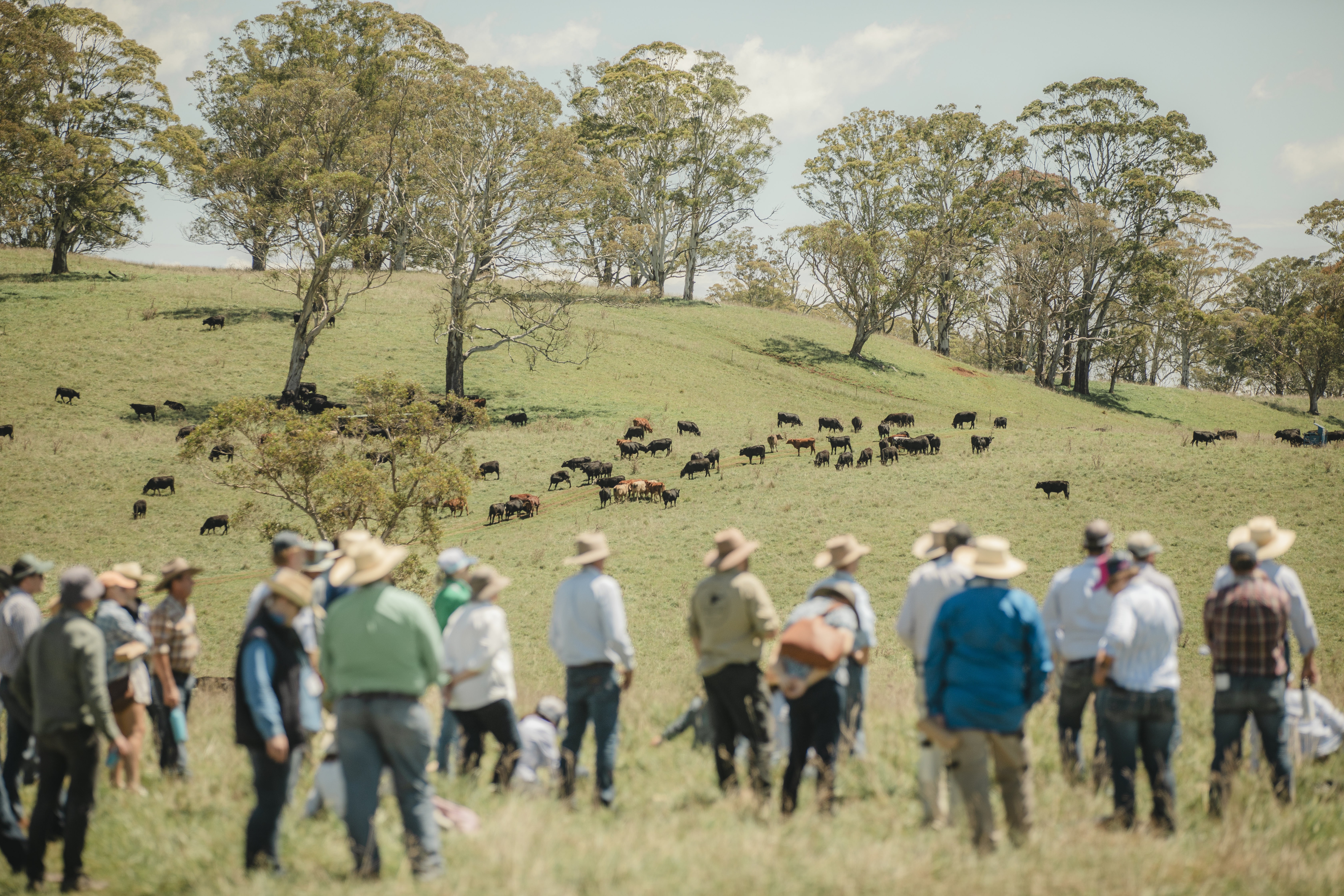
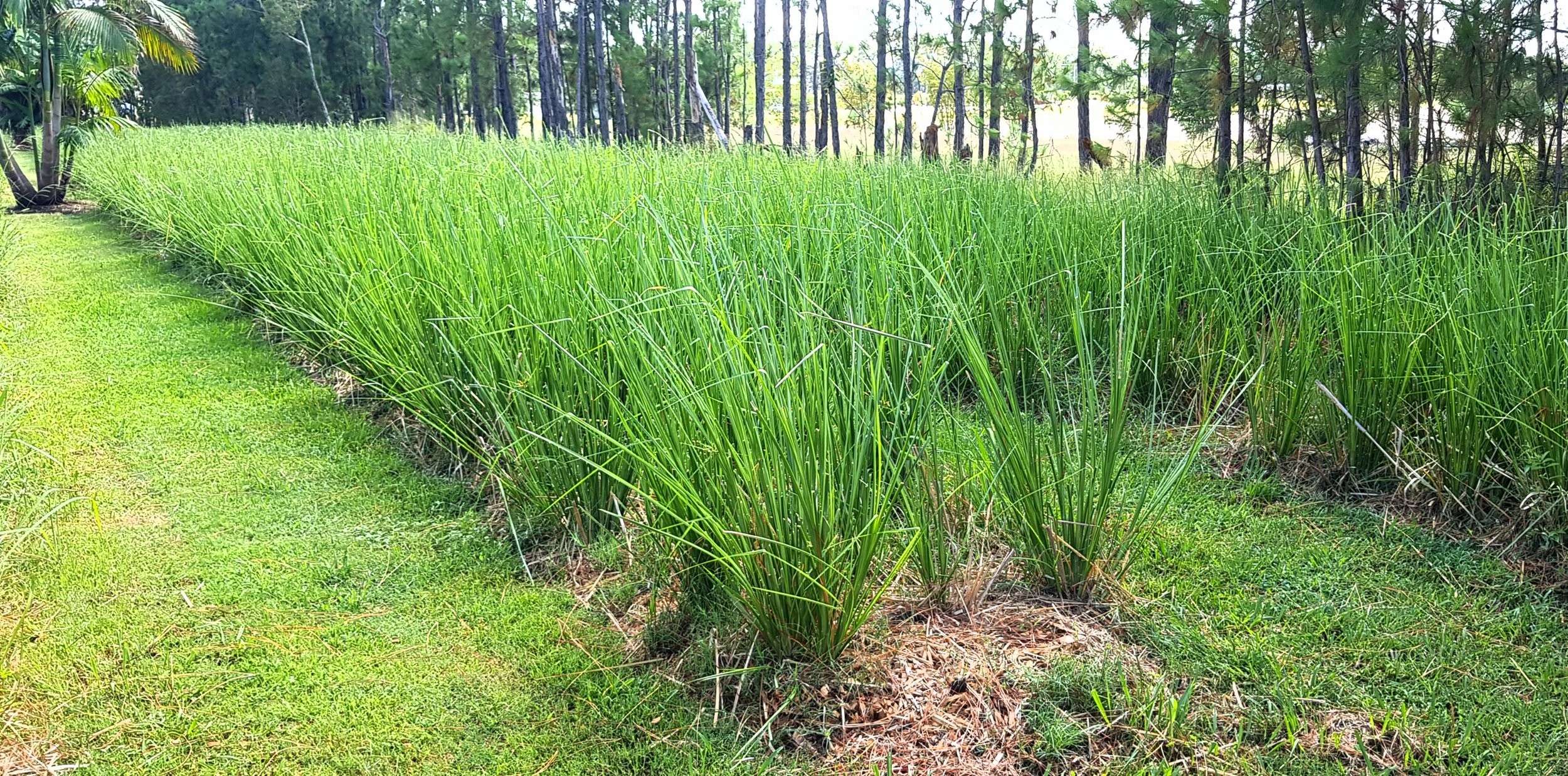
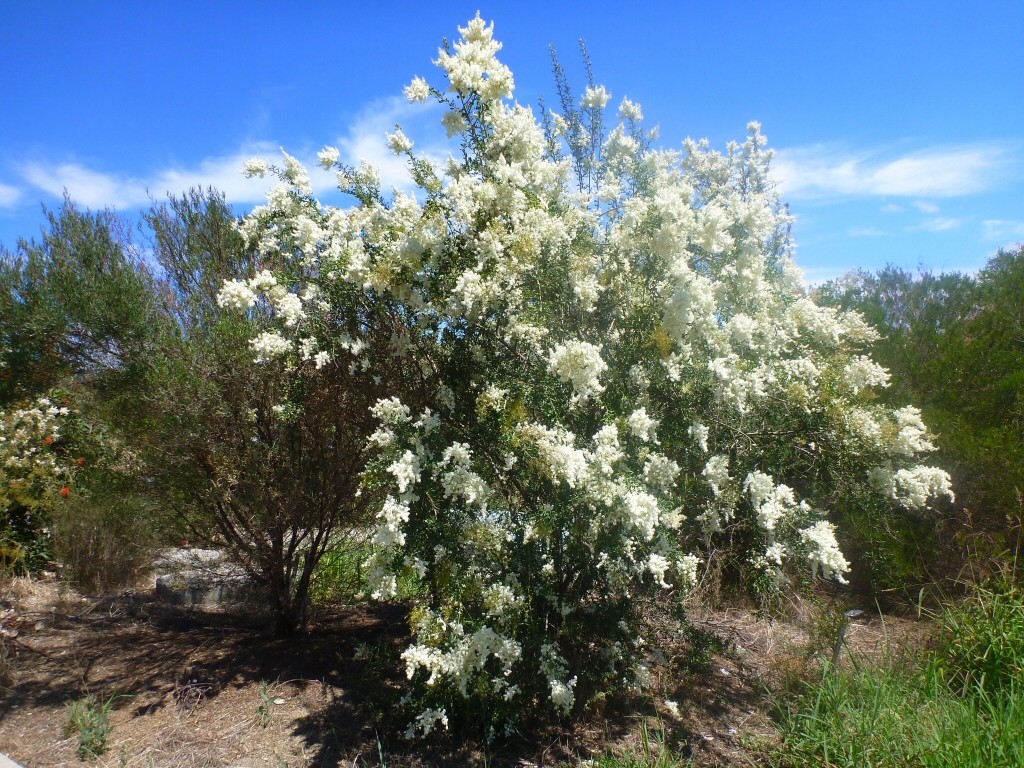
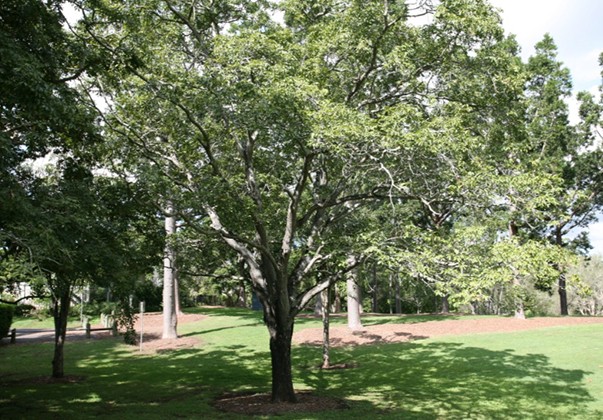
.jpg)

.png)
